This is the 59th in a series of posts on the Fujifilm GFX-50S. The series starts here.
In the last post, I showed the results of some informal testing with the Leica 16-18-21 mm f/4 Tri-Elmar-M ASPH on the Fuji GFX. Now I’ll show you how that lens does at 18 mm. For comparison, I’ll include the Leica 18 mm f/3.8 Super-Elmar-M ASPH.
Coverage testing:
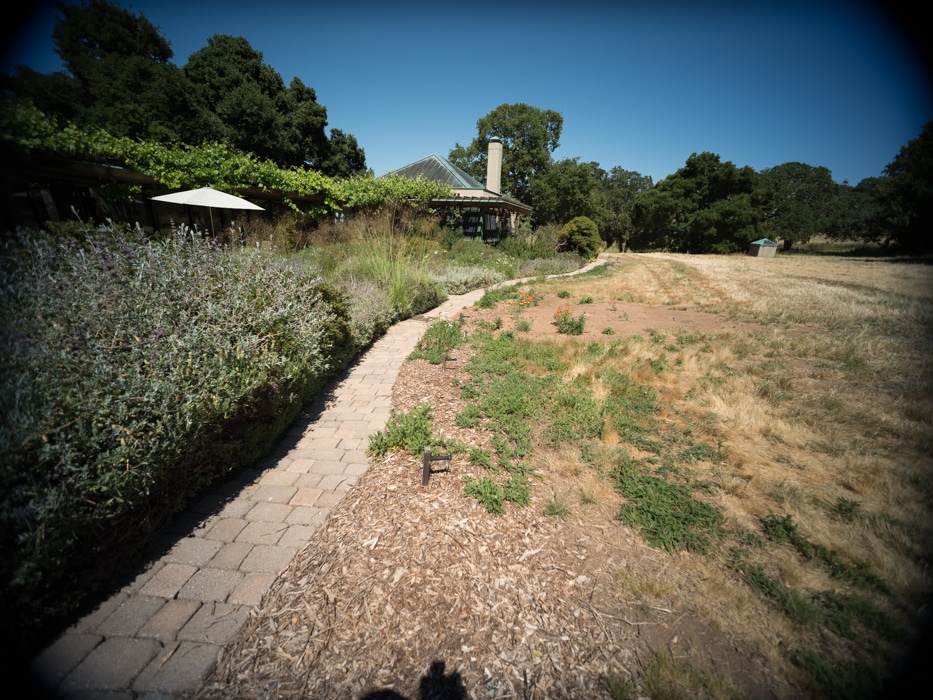
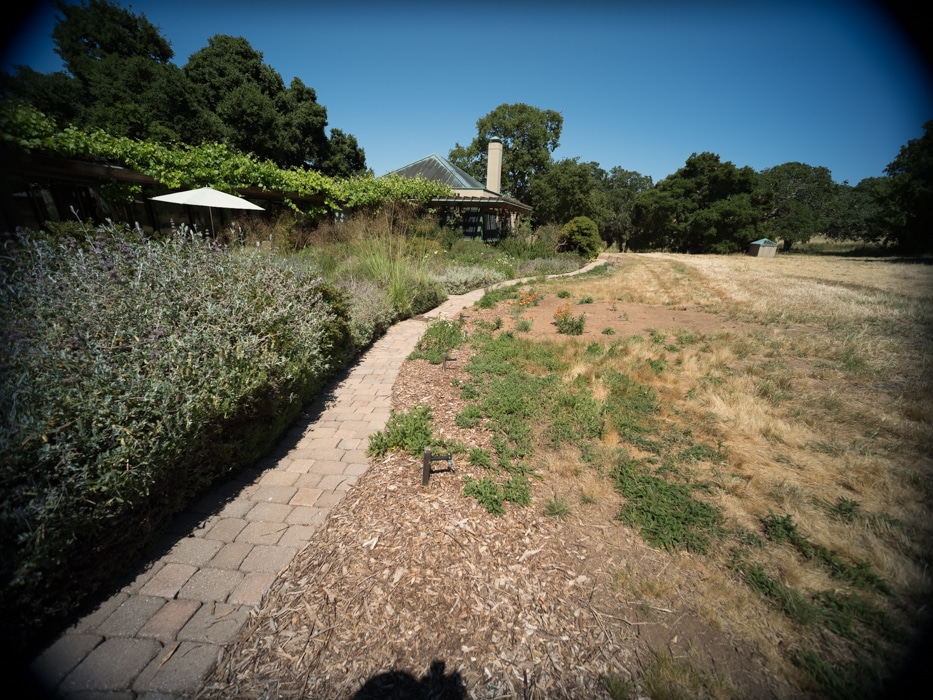
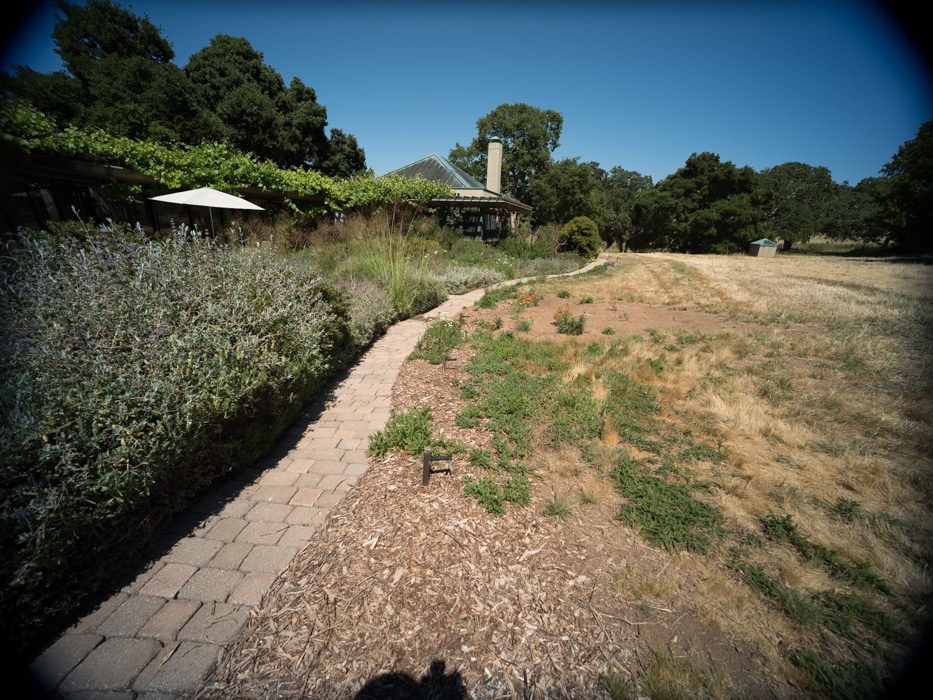
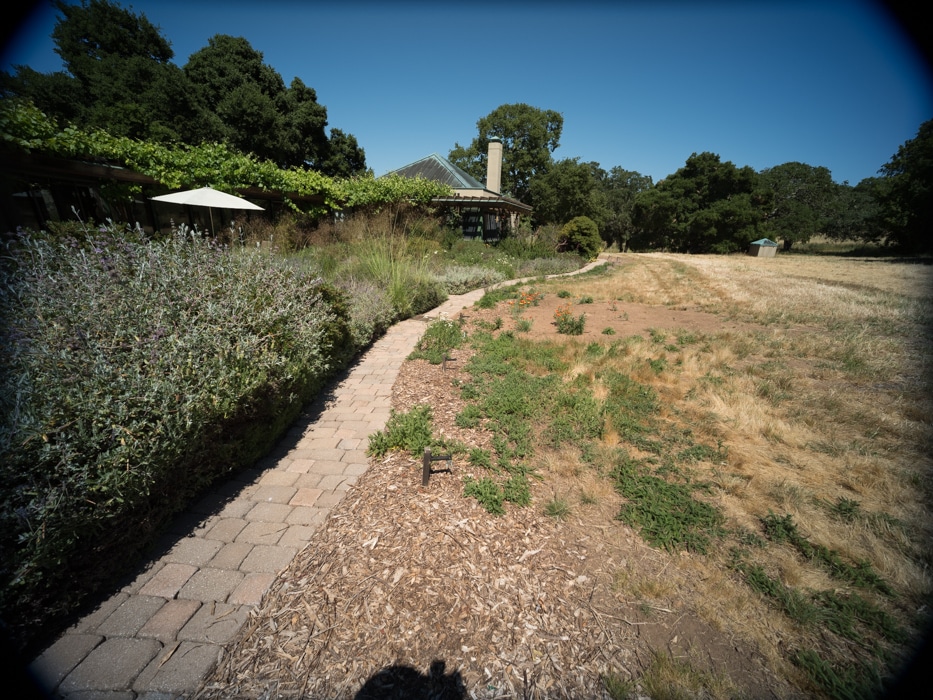
No color casting. A lot of falloff. Crops 4:5 and squarer should be OK with a little work.
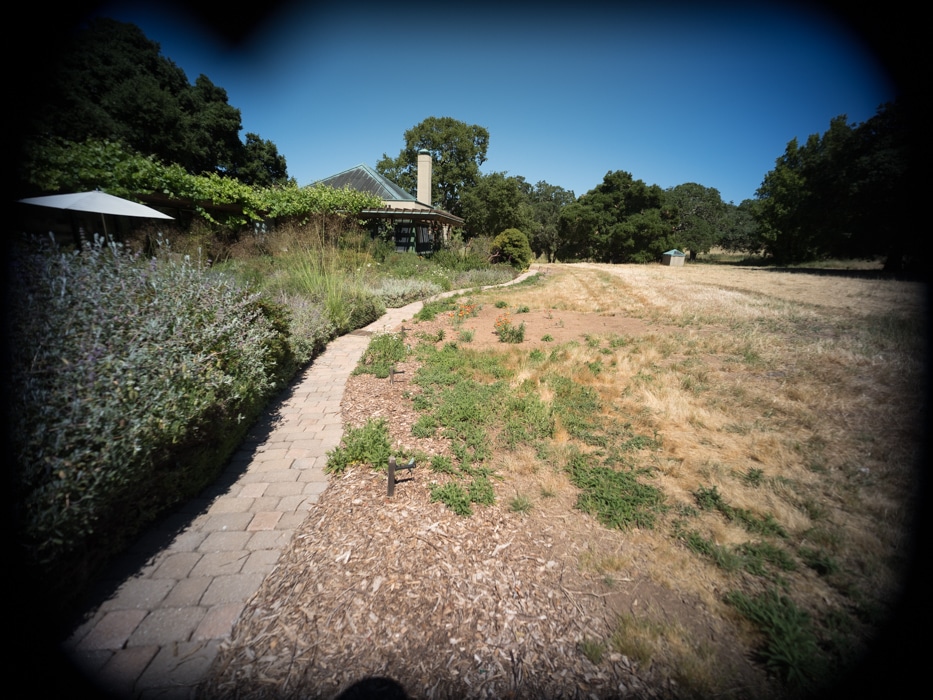
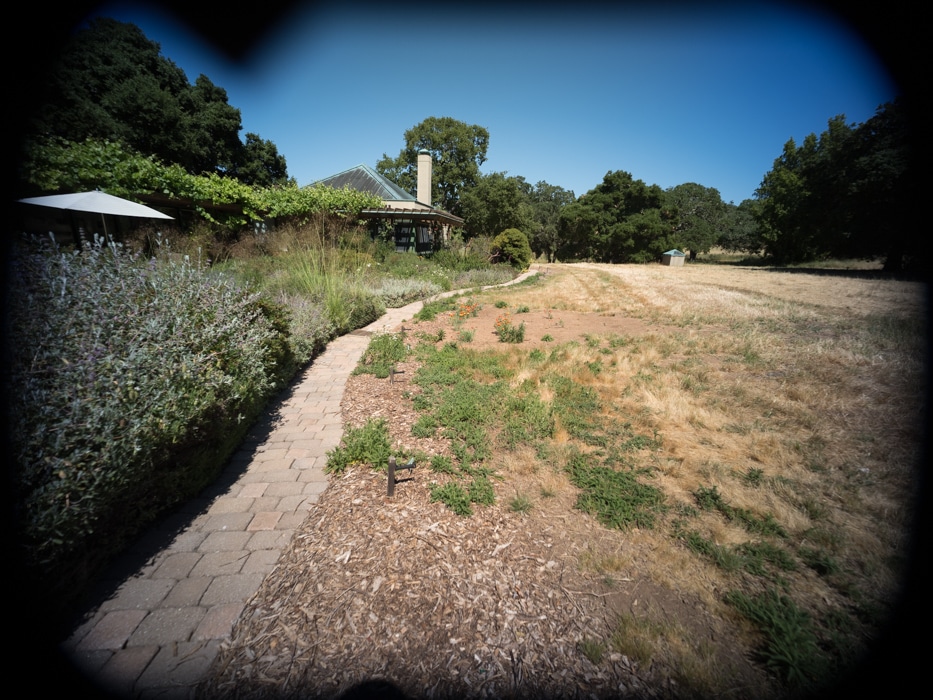
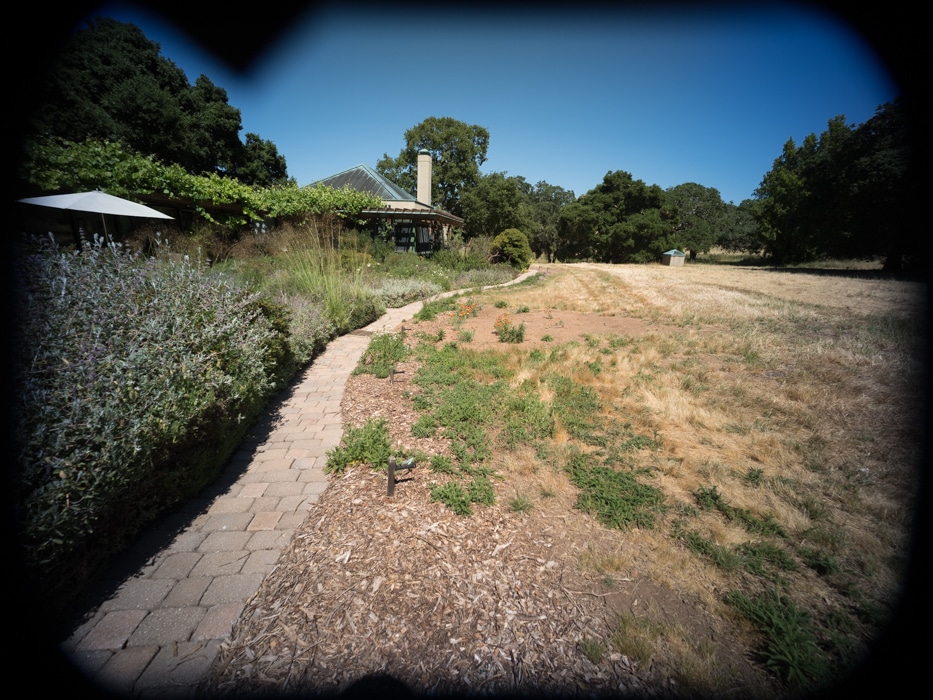
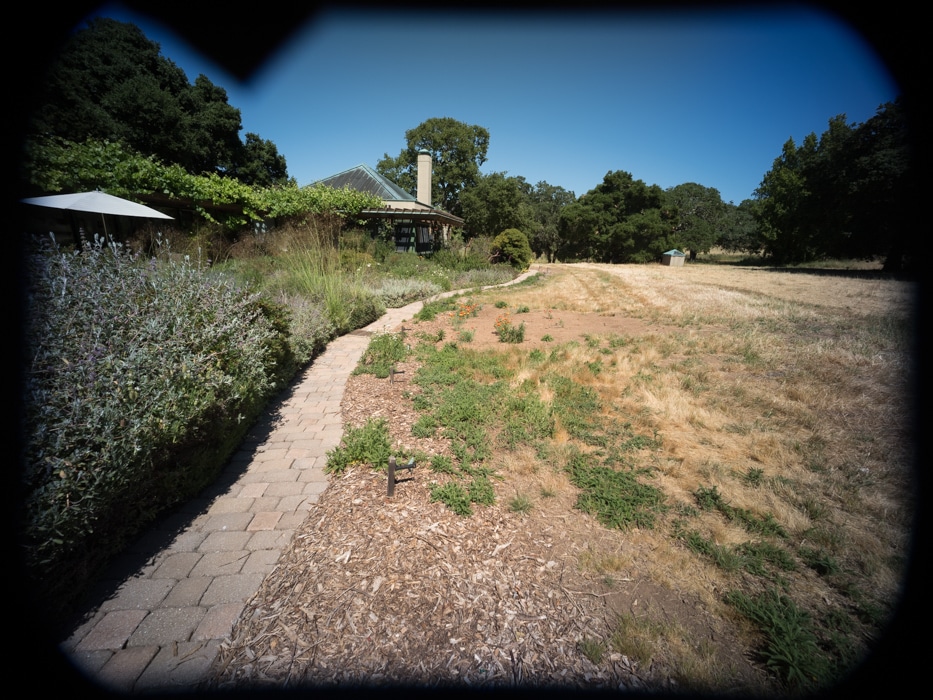
What’s that black triangle in top middle left? Oops! That’s a piece of gaffer tape that I used to cover up the silly window that Leica cuts into the lens hood. You can ignore that. And yes, I did leave the hood on, for the same reason I left the hood on the WATE in this and the previous test. If anybody wants to try for a bit more coverage and is willing to risk their lens by removing the hood, have at it.
The black stripes at the sides, top and bottom are almost certainly due to the hood. however, after I’d done these captures, I did take the hood off and looked at the coverage using the EVF. There are still pretty hefty circular occlusions at the corners.
I’m going to show you some very tight crops; here’s how to use them. The dimensions of the GFX sensor are 8256×6192 pixels. If we make a full-frame print from the GFX on a printer with 360 pixels per inch native driver-level resolution, like the Epson inkjet printers, we’ll end up with a 23×17 inch (58×44 cm) print. The 318×246 pixel crop you’re looking at will end up 0.8333×0.6833 inches (2.12×1.74 cm). Let’s imagine that you or your viewers are critical, and will look at the 22×17 inch print from about 18 inches (conventional wisdom is that the distance would be a little greater than that, or 28 inches (the diagonal), but you did buy a high-resolution camera for a reason, didn’t you?).
The next step is dependent on your monitor pitch, which you may or may not know. Turns out, you don’t have to know it. Just take the 253% crops and view then at 1:1. How high are they? Get out your ruler and measure, or just guess. Let’s say they are 6 inches high. 6 inches is about 7 times 0.8333, so in order to view the crops the way they’d look from 18 inches on the print is to view them from 7 times as far away, or 10.5 feet.
Everything here scales proportionately. If the image on your screen is bigger than 6 inches, increase your viewing distance by the ratio of your image height to 6 inches. If you think your viewers are going to almost get their nose to that print and look at it from six inches, divide that 10.5 feet by 3, and look at the image on the monitor from three and a half feet away.
On a 30 inch 4K display, a 1:1 presentation of these crops will be about 4 inches, so to simulate the effect of viewing the print from 18 inches, you’ll want to back up to about seven feet. A couple of feet for a 6 inch print viewing distance. On a 17 inch laptop 4K display, a 1:1 presentation of these crops will be about 2 inches, so to simulate the effect of viewing the print from 18 inches, you’ll want to back up to about three and a half feet. A foot for a 6 inch print viewing distance.
In the upper-center:
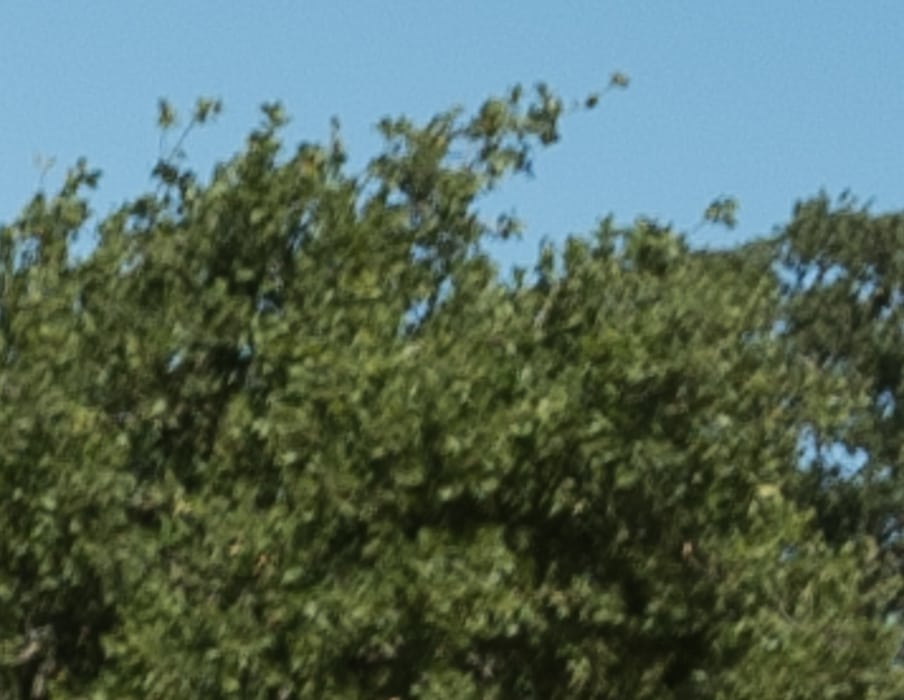
Certainly acceptable.
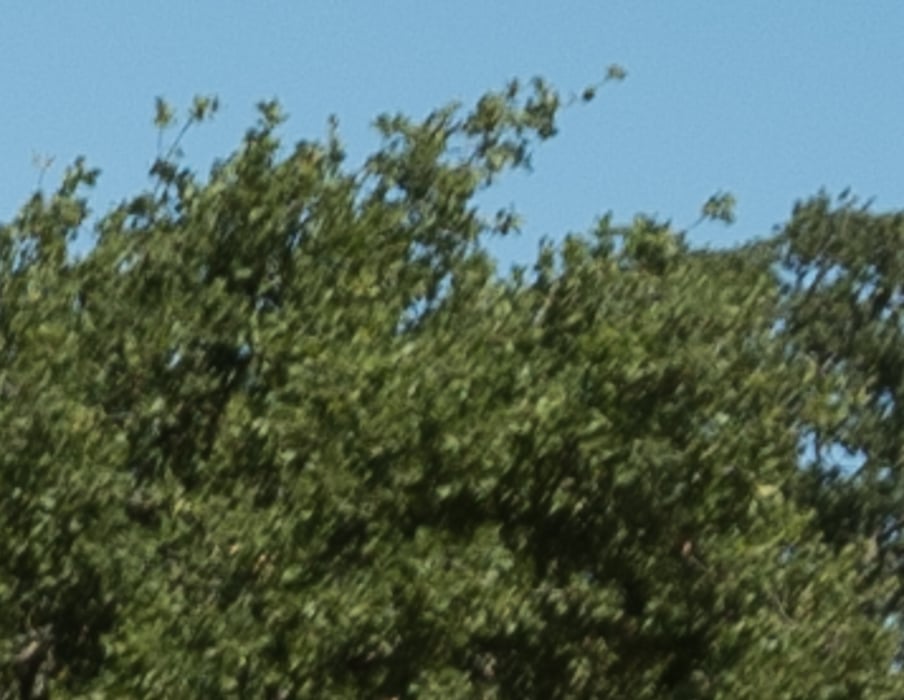
Good.
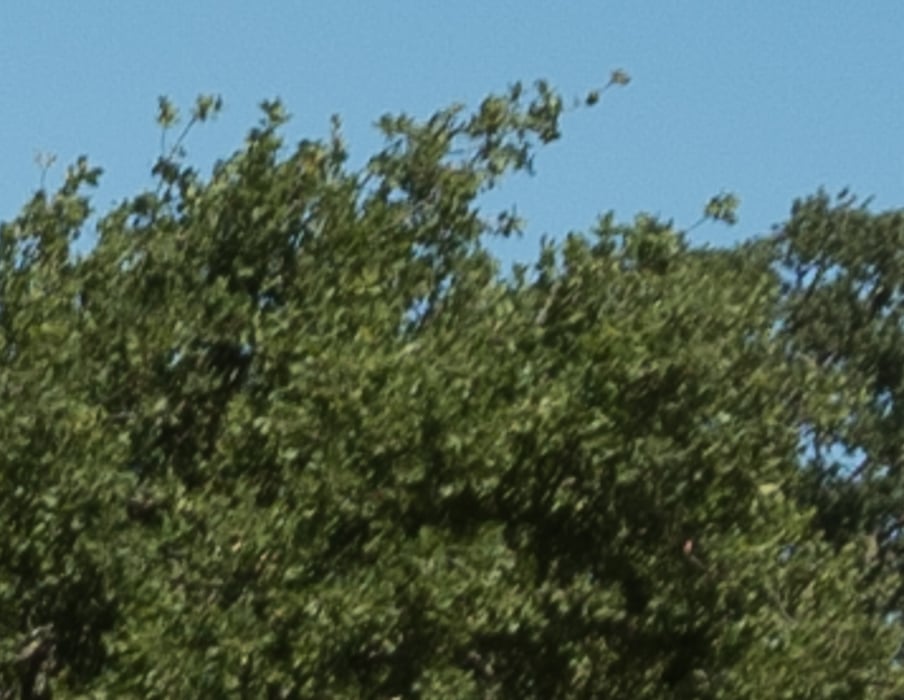
Fine.
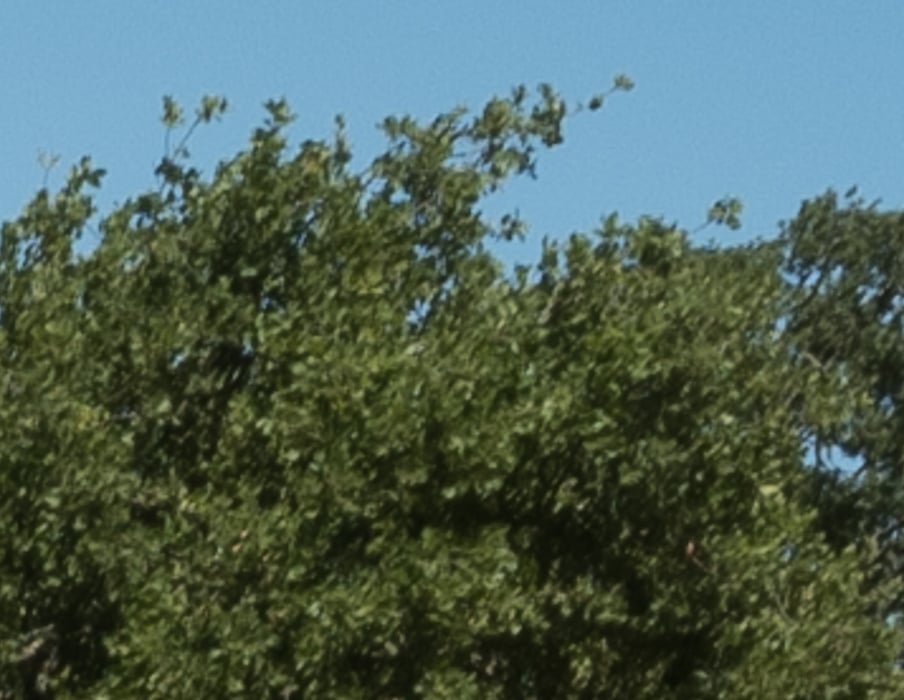
Also fine.
Now the Super Elmar:
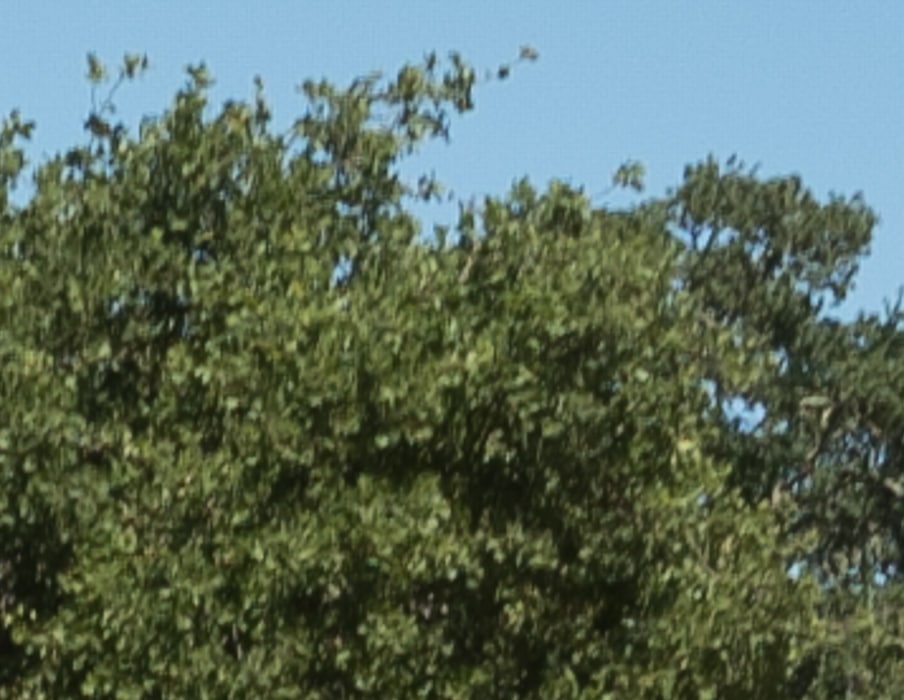
Good.
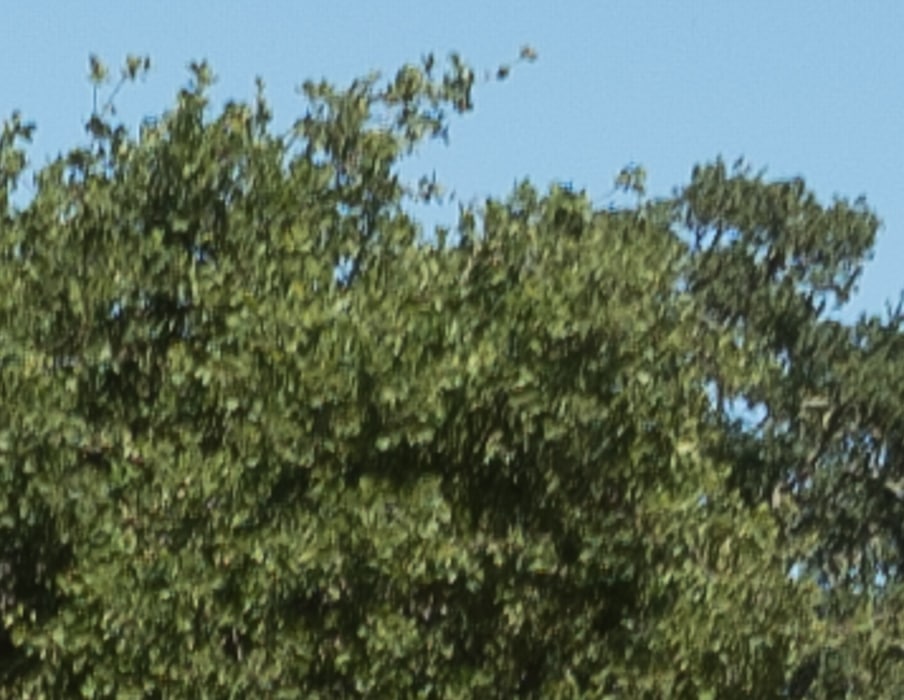
Excellent.
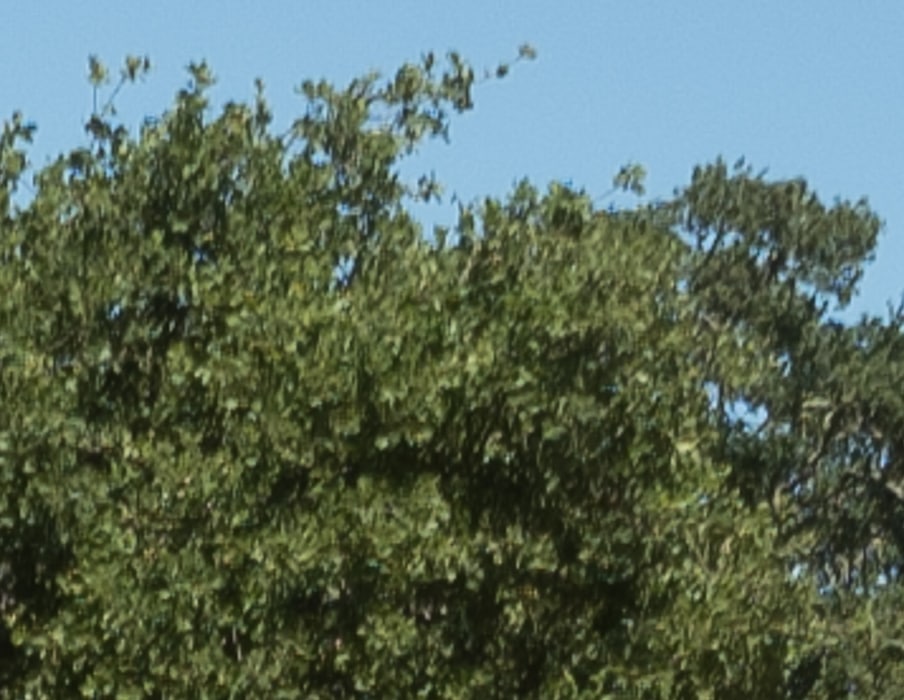
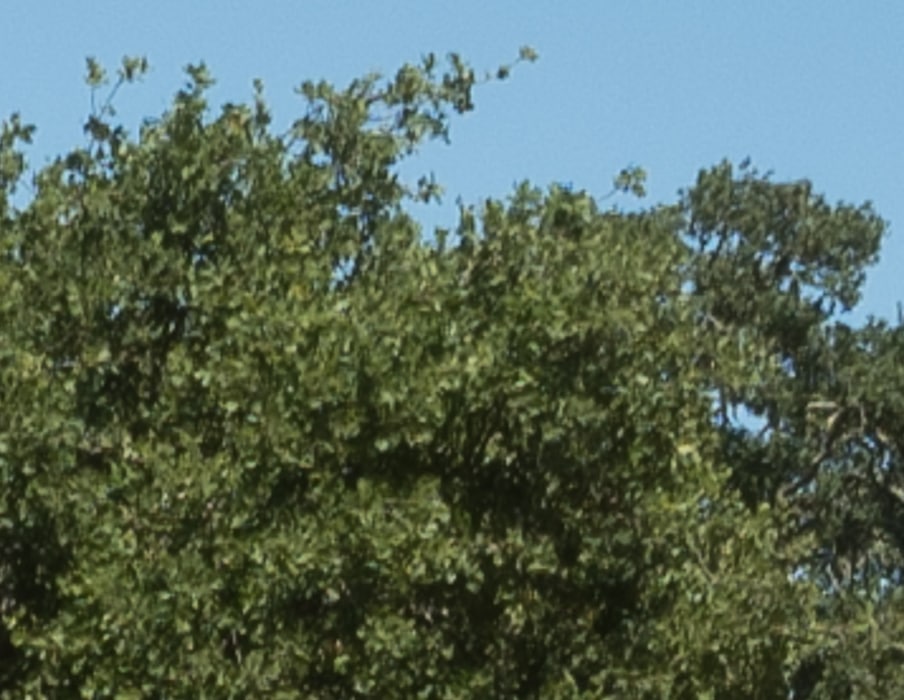
OK, now for the acid test the upper left corner of a point as far off axis as halfway between the upper left corners of a 1:1 and a 4:5 crop (brightened to partially compensate for falloff:
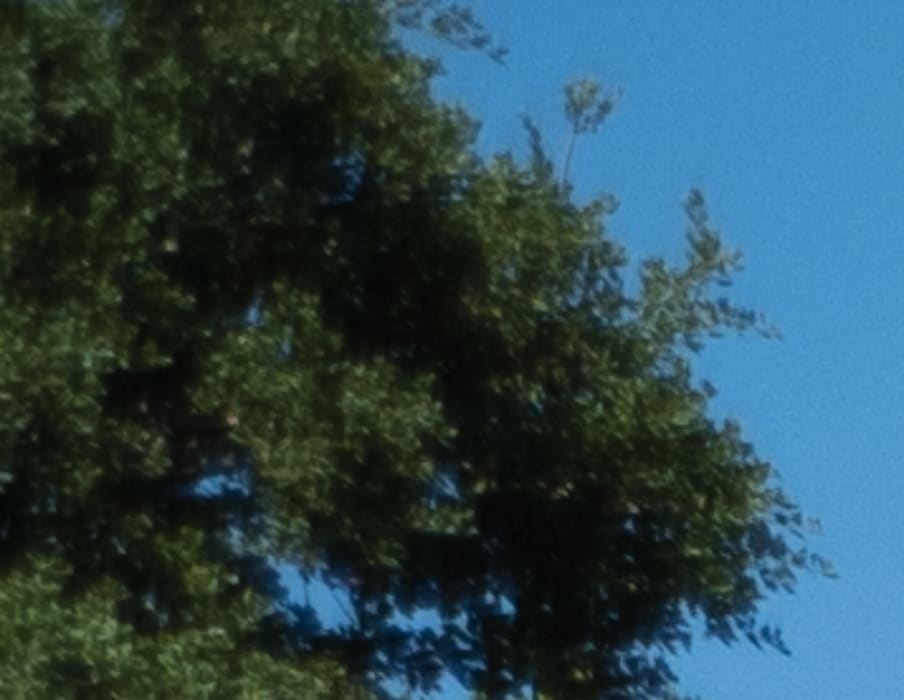
Not too shabby. Certainly acceptable for many pruposes.
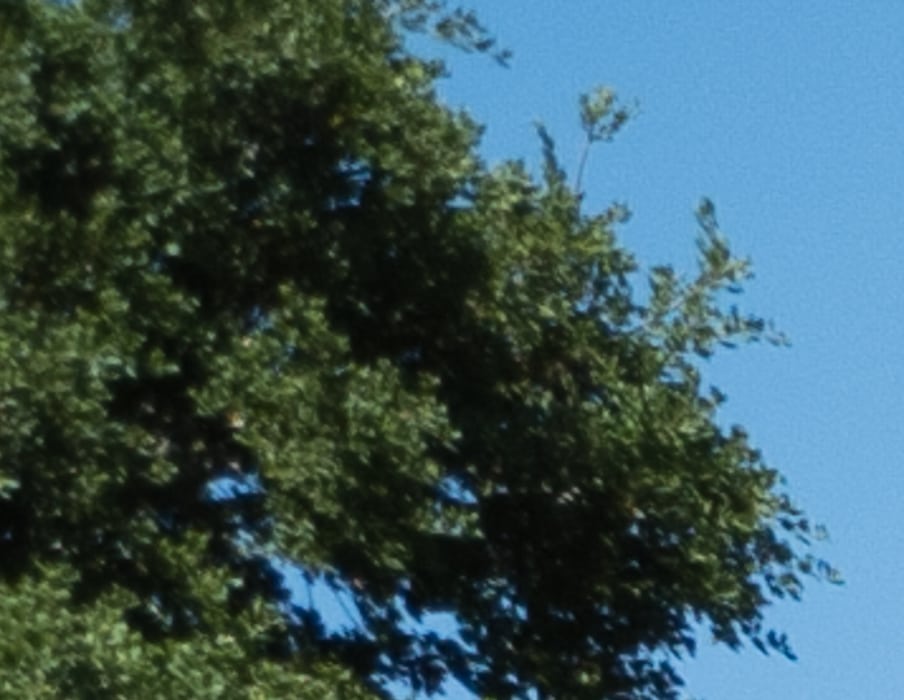
Quite good.
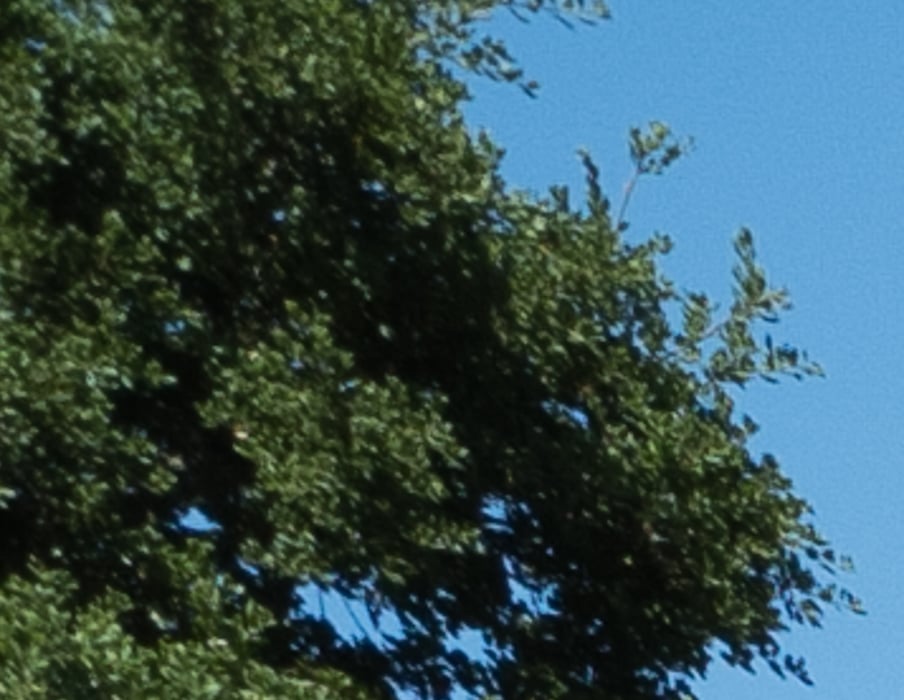
Excellent. Remember, this is a zoom lens.
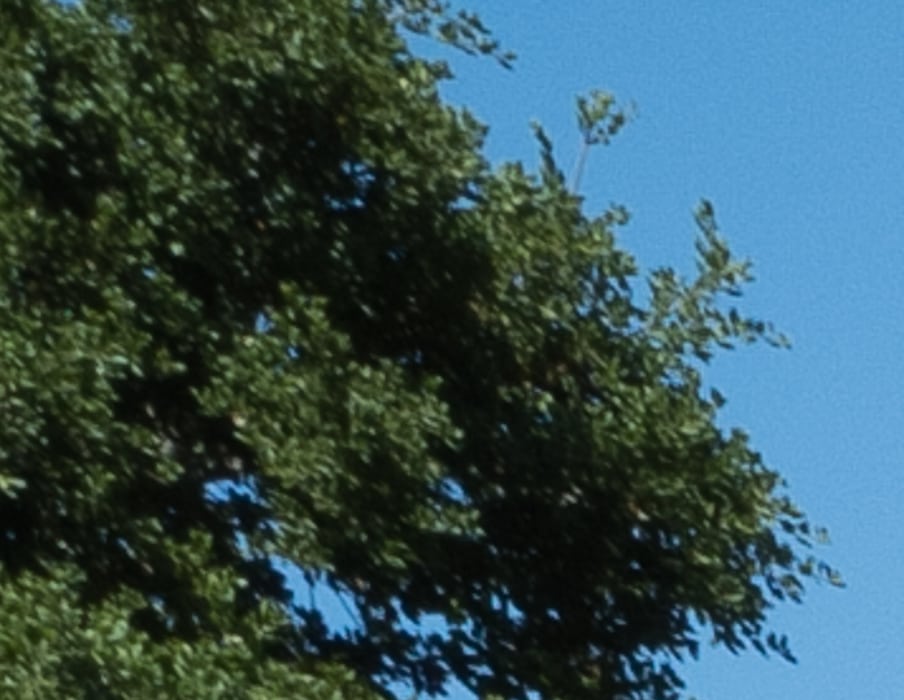
Still very good.
With the Super Elmar:
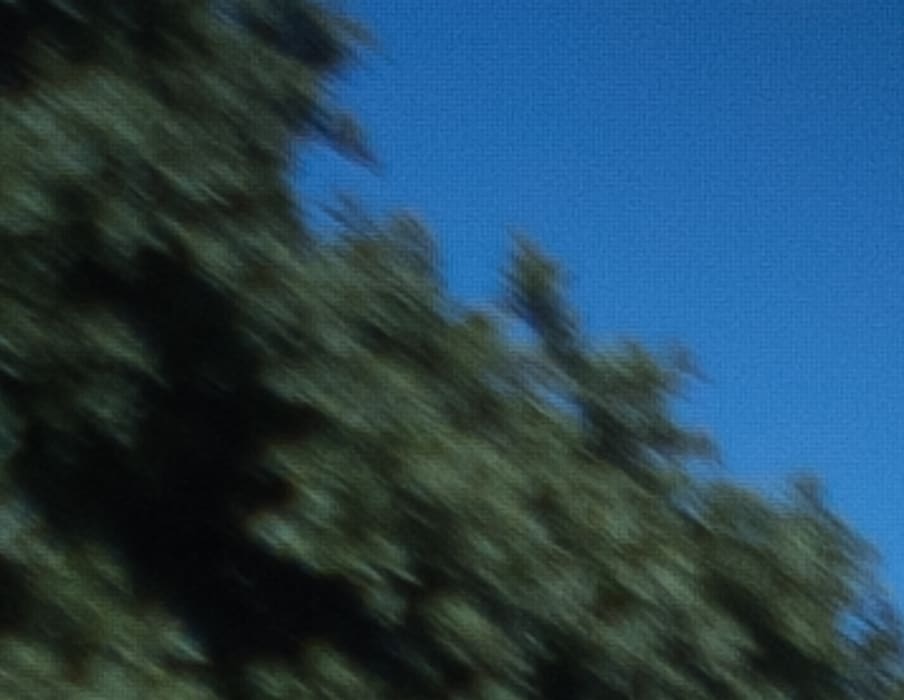
Ugh.
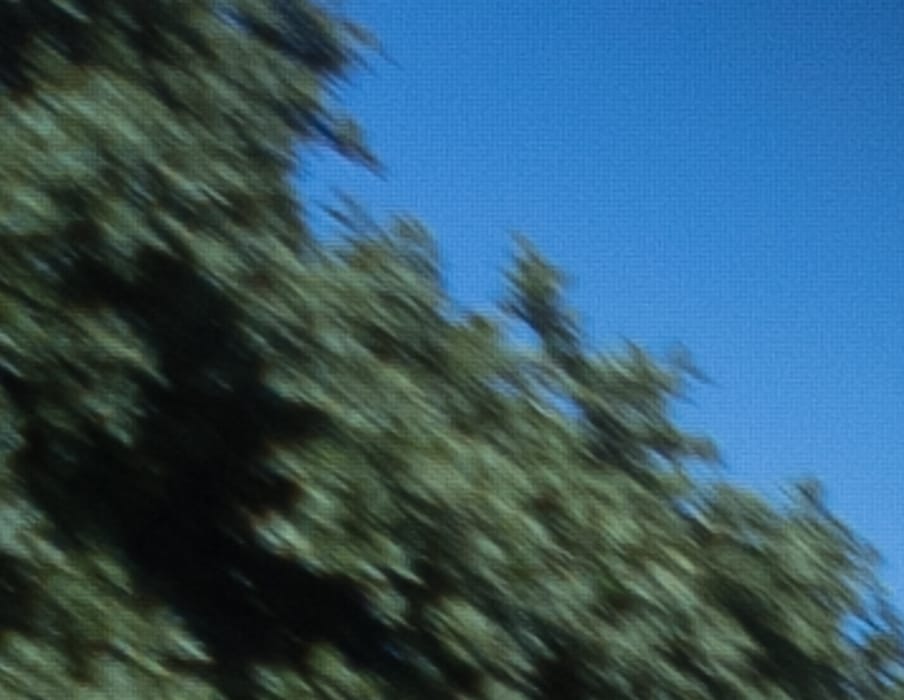
A bit better, but still smeared.
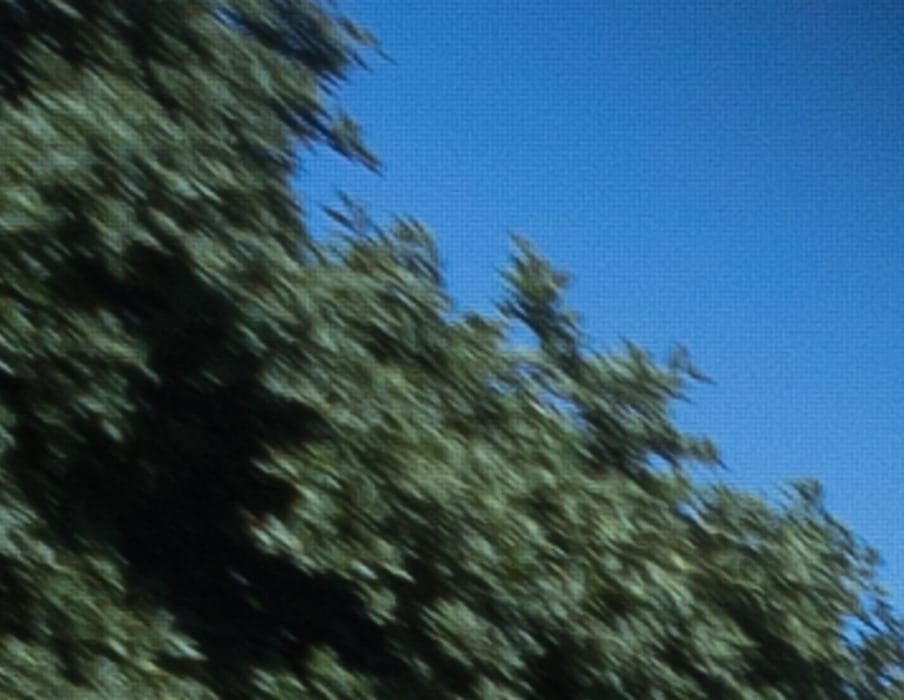
Getting there.
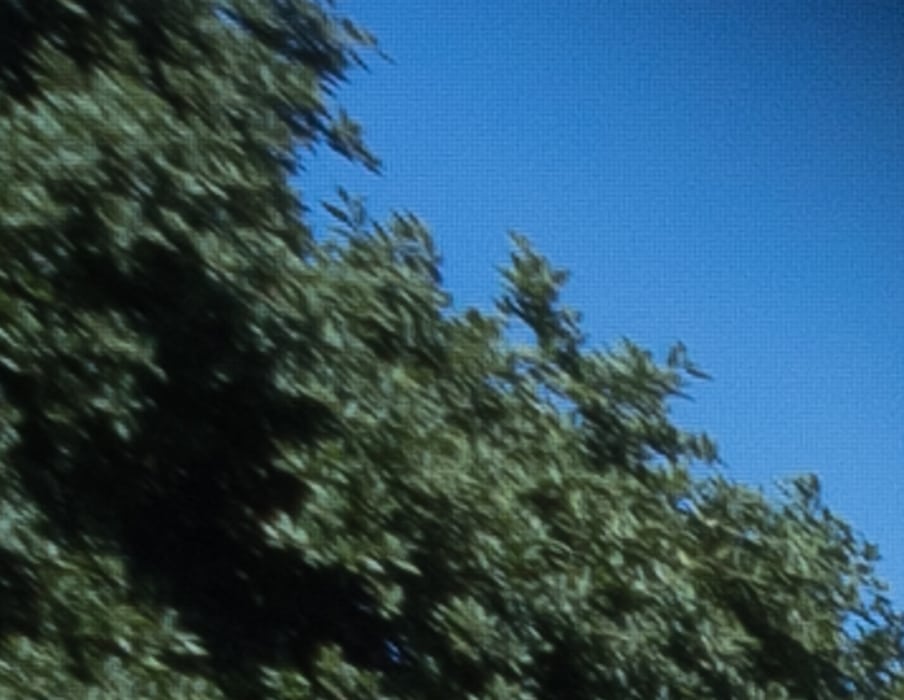
Now it’s OK.
If you already have the 18 SE, you might want to give it a try at f/8 or f/11 on the GFX. If you don’t already own one, do not go out and lay down your cash thinking its a good match for the GFX. By the way, the 18 SE also has problems on the a7RII. The issue is a mismatch between the lens design and the sensor stack thickness on both those cameras. It works much better on the Leica M cameras and on the Kolari thin-stack modified a7xs.
There’s a very strange texture in the peripheral shots of the Super-Elmar, like it’s a photograph of a monitor. Any reason for this?
To me the leaves don’t look all that different from the way some nearly-symmetric lenses look on the a7x. Those lenses were formulated for zero sensor stack thickness, and the steep rays don’t like the Sony or the GFX stack. In the case of the SE, we’re also using the lens outside the coverage that it was designed for, but I think the sensor stack is the long pole in the tent.
But the texture you’re talking about is in the sky, right? I looked at the Lr images, and the texture is not there, but because the blus sky didn’t excite the red channel, and I boosted the exposure for those dark corners, there’s a fair amount of noise. When the images are blown up as much as they are, the noise from each pixel in the file affects several pixels in the JPEG output. It’s possible that there is some pernicious interaction with the JPEG compression. I don’t really know, but in the file there’s not a semi-regular pattern like there is in the web image.